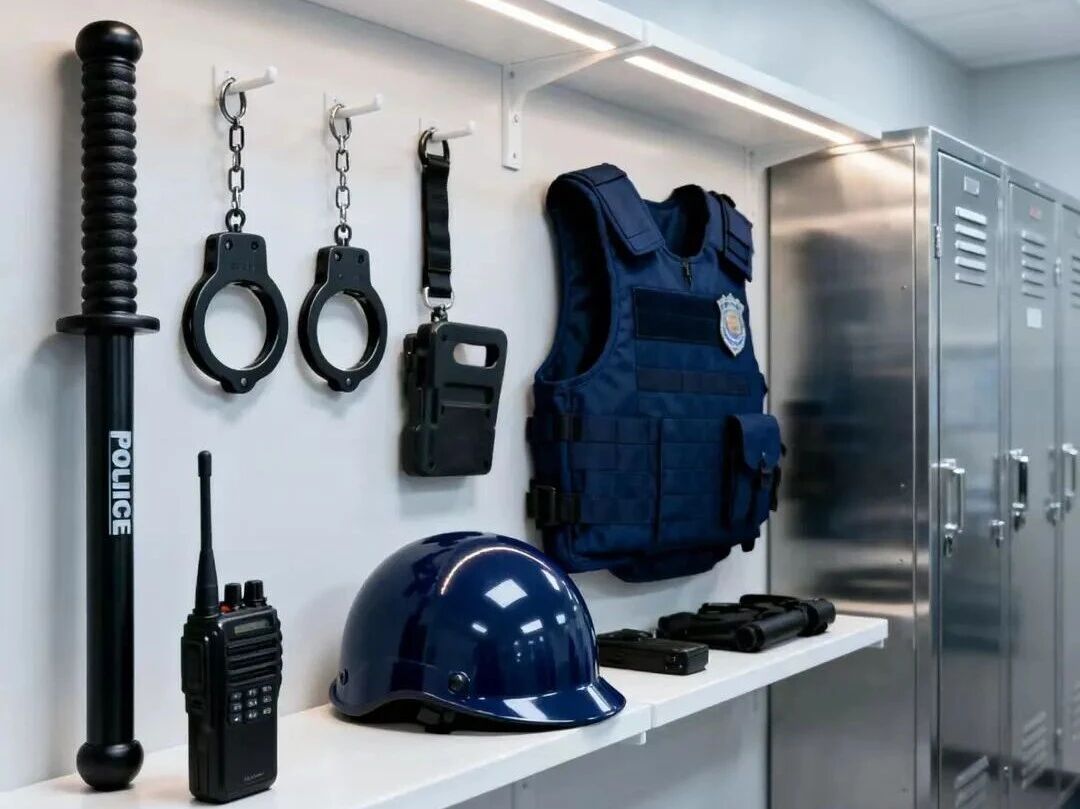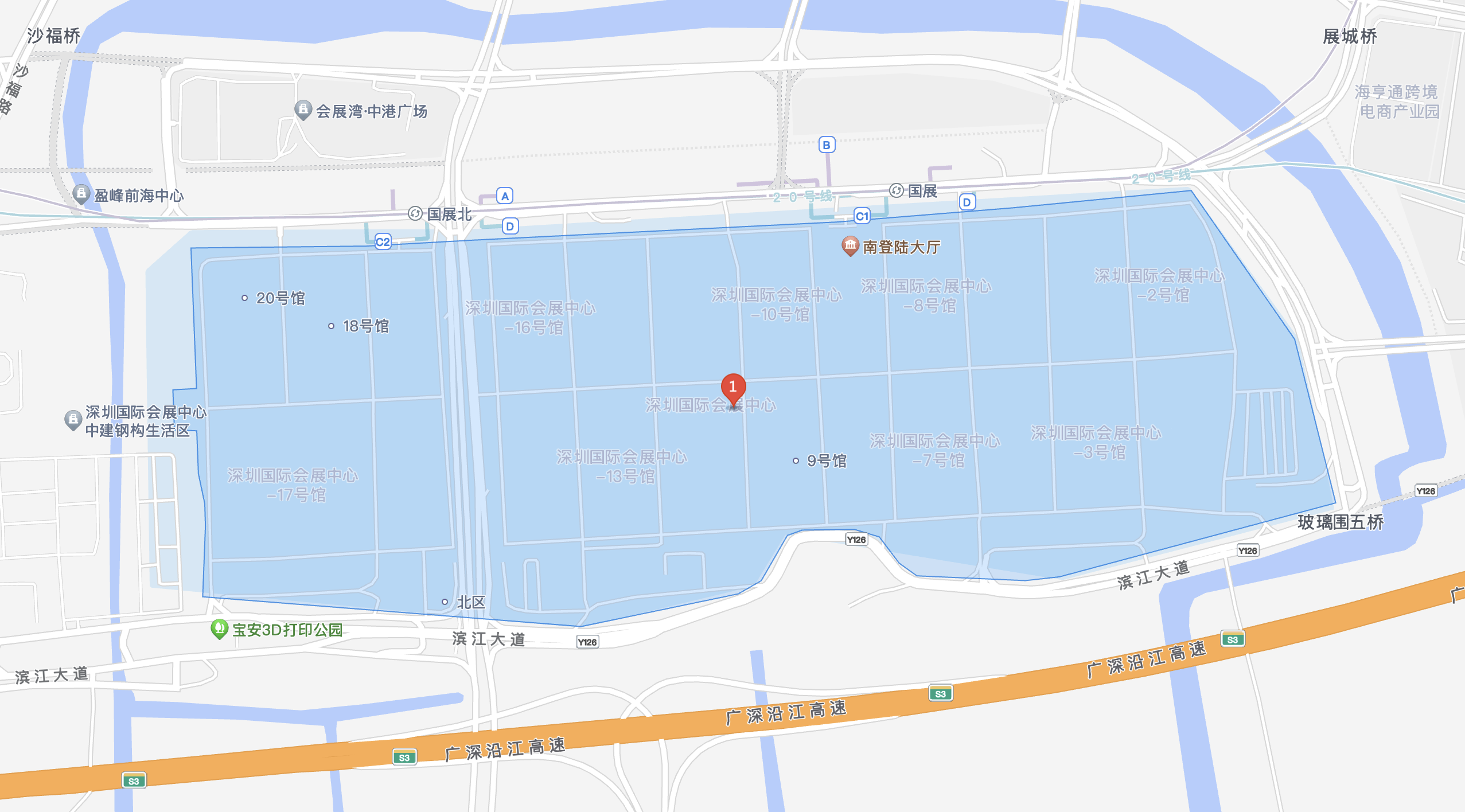Asset management in police armoury rooms is a core component of internal management within public security agencies, directly impacting the safety, availability, and efficiency of police equipment. Due to the high sensitivity (e.g., firearms and ammunition), specialized equipment (e.g., specialized police equipment), and dynamic nature (frequent use and return), asset management presents numerous challenges. In recent years, various regions have begun exploring technological approaches to managing police armoury assets. Shanghai, for example, is experimenting with RFID and has launched a bidding process. Recently, the winning bid for the Shanghai Smart Police Armoury was announced, with Shanghai Kunfang Intelligent Technology Co., Ltd. winning the bid at 1.436 million yuan.
What are the challenges of managing police armoury assets?
The most obvious challenge is the inherent risk of the items themselves. Items like guns, ammunition, batons, and riot shields are not ordinary items. Lost or misused can have serious consequences. Furthermore, different items have different requirements. For example, some require constant temperature storage, while others require individual locks, making separate management a significant hassle.
Then there's the constant movement of assets. They have to be collected for routine patrols and training, and returned after the mission. Sometimes, when things get busy, like in emergencies, they might use them first, and then easily miss something when they're re-registered. Over time, the balance in the account book doesn't match the actual balance, making tracking extremely difficult.
There's also the issue of mismatching registered items with actual items. Many locations still rely on handwritten records, which can lead to missing numbers or inaccurate cross-outs when they return items, creating a mess over time. Even with a system in place, if items aren't recorded immediately after they're collected or if inventory isn't conducted promptly, the system's balance book won't be accurate, making it difficult to find even a single item.
Furthermore, the personnel issue is crucial. If the person in charge of police equipment changes frequently and doesn't clearly specify the proper placement and precautions during handover, it can take the new person a while to get the hang of things, making it easy for mistakes to occur. Some people, however, lack a strong sense of security and may simply leave items somewhere haphazardly, thinking, "It's okay to just leave them there for a while," or simply give them away without asking for their intended use. These issues can easily lead to problems.
Finally, there's the issue of storage environment and facilities. Police equipment requires rigorous storage conditions, including fire and theft protection, and some require temperature and humidity control. If these devices break down and aren't repaired promptly, the equipment can become damp or develop other problems. Some older police equipment rooms are already outdated, and renovations are often limited by space or budget constraints, leaving safety hazards a constant presence.
There's also the issue of system implementation. While there are regulations for receiving, returning, and inventorying equipment, sometimes, when things get busy, people simply "get the job done first, worry about it later." Regulations aren't strictly enforced, and oversight isn't thorough enough, leading to laxity over time.
Advantages of RFID in Police Armory Asset Management
RFID (Radio Frequency Identification) technology, with its core features such as contactless identification, multi-tag batch reading, and real-time data exchange, effectively addresses the pain points of traditional manual asset management, including low efficiency, prone to errors, and difficult traceability. Its core advantages can be summarized in four key dimensions: management efficiency, security, intelligence, and cost control:
1 Significantly Improves Asset Management Efficiency and Reduces Labor Costs
Police armory assets (such as handcuffs, batons, walkie-talkies, body armor, and firearm accessories) are characterized by large quantities, diverse specifications, and high frequency of issuance and return. Traditional manual registration (paper ledgers and Excel entry) requires item-by-item verification, which is extremely inefficient and prone to errors. RFID technology enables automated, batch management, significantly improving efficiency. Instead of scanning or manually counting individual items, a handheld RFID terminal or fixed reader can simply move around the shelves to read the information (including asset name, serial number, specifications, expiration date, etc.) of dozens or even hundreds of RFID-tagged police equipment at once. This reduces inventory time from hours to minutes, making it particularly suitable for the regular inventory needs of large police equipment rooms.
In addition, by installing RFID channel readers at the entrances and exits of the police equipment room or at the collection window, officers no longer need to stop to register when collecting or returning equipment. The system automatically identifies all assets passing through the channel and updates data such as the collection person, time, and asset list in real time, eliminating the queues and data entry errors associated with manual registration. It also eliminates the need for dedicated personnel to be on duty for registration. The system automatically records asset transfer information, reducing the workload of manual counting and verification, and minimizing the problems of missed, incorrect, and duplicate registrations caused by human error.

2 Strengthening Asset Security and Implementing Full-Process Traceability
Police equipment assets are classified as "specially controlled items." The compliance and traceability of their circulation process are directly related to law enforcement and public safety. RFID technology enables the establishment of a comprehensive lifecycle safety management system, from storage to disposal. By installing RFID positioning readers on shelves and lockers in police equipment rooms, the precise location of high-value assets (such as firearms and bulletproof equipment) can be determined in real time (down to the shelf level and locker number). If an asset is illegally moved (out of the designated area without completing the registration process), the system immediately triggers an audible and visual alarm to prevent asset loss or misuse. The system automatically records the entire lifecycle data for each piece of police equipment, including "input time, supplier, inspection person, issuing person/department, issuing purpose, return time, maintenance records, calibration time, disposal approver, and disposal date," creating an immutable electronic ledger. Any asset anomalies (such as overdue return or damage) can be quickly traced back to the specific individual and transfer link, meeting compliance audit requirements.
3 Promote Intelligent Management and Enhance Decision-Making Capabilities
RFID technology seamlessly integrates with the armory management system (such as the police asset management platform), transforming static asset data into dynamic management information, providing data support for police management. Through the management platform's dashboard, real-time information such as total armory inventory, in-use/idle/repair status, expiration warnings (e.g., protective equipment expiration date and battery life), and a list of frequently used assets can be viewed. This allows managers to gain a comprehensive overview of assets without requiring on-site inspections. The system can also configure custom alert rules, such as "a piece of police equipment has not been returned due (e.g., a walkie-talkie has been used for more than 72 hours)," "protective equipment is about to expire (e.g., body armor has 30 days left to expire)," or "the inventory of a certain asset type is below a safety threshold (e.g., fewer than 10 handcuffs)." These trigger automatic alerts (e.g., SMS messages, system pop-ups), mitigating compliance risks or insufficient emergency preparedness due to neglect or oversight.
Furthermore, by analyzing asset turnover data accumulated by the RFID system (e.g., "A certain department has the highest frequency of baton issuance per month" or "A certain type of walkie-talkie has an excessively high repair rate"), we can optimize asset allocation (e.g., prioritizing asset replenishment for departments with high frequency of issuance) and adjust procurement plans (e.g., replacing police equipment with models with low failure rates), thereby improving the efficient utilization of police resources.
4 Reduce Long-Term Management Costs and Extend Asset Lifespan
Under traditional management models, issues such as missed inventory counts, unrecognized idle assets, and untimely maintenance can easily lead to duplicate asset purchases and premature retirement, increasing management costs. RFID technology can reduce long-term costs by reducing waste and optimizing maintenance. Real-time inventory monitoring prevents duplicate purchases due to misidentified out-of-stock situations caused by unclear manual inventory counts. Furthermore, the system can identify idle assets (e.g., a body armor vest that has not been issued for a long time) and allocate them internally to other departments when needed, thereby increasing asset reuse. The system automatically records the "number of times an asset is used and its maintenance cycle" (e.g., walkie-talkies need to be calibrated every 100 uses, and batons need to have their batteries checked every six months), and reminds managers to perform maintenance in a timely manner to avoid premature damage to assets due to "lack of maintenance" and reduce scrapping costs.
This paper is from Ulink Media, Shenzhen, China, the organizer of IOTE EXPO (IoT Expo in China)


















